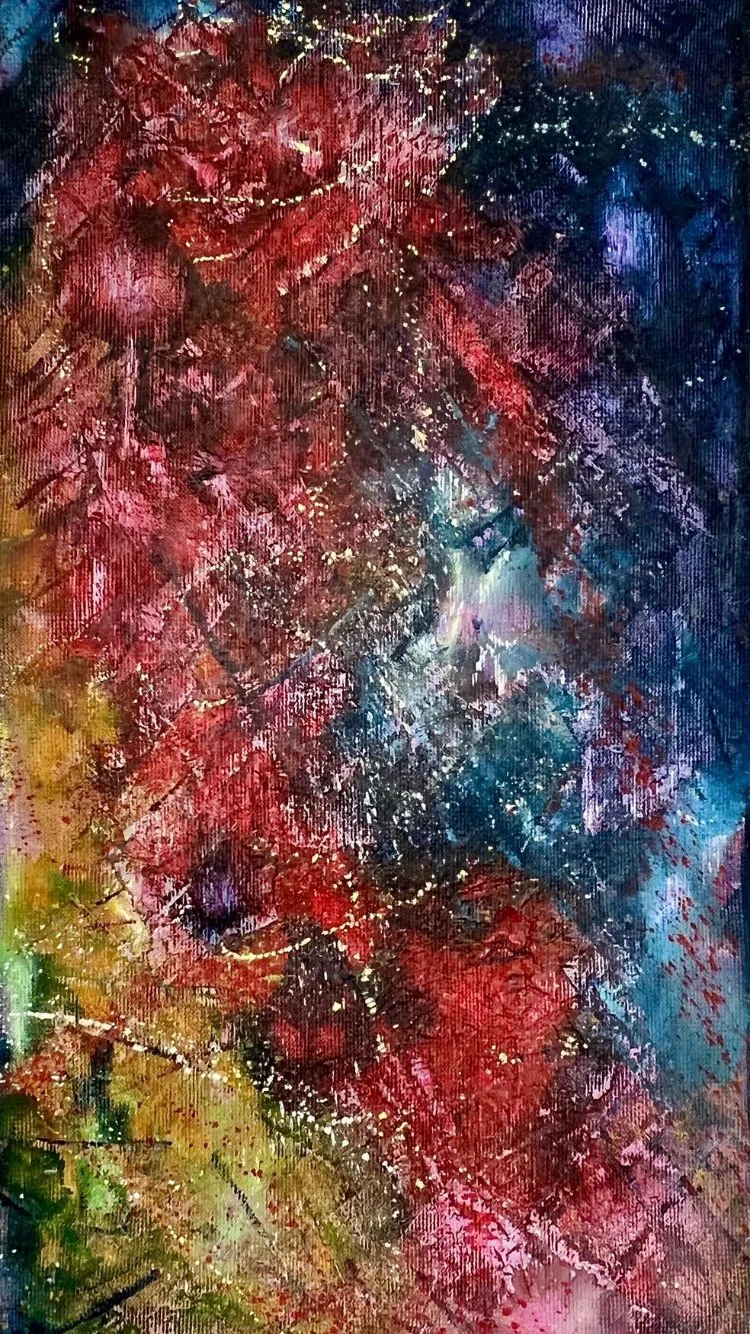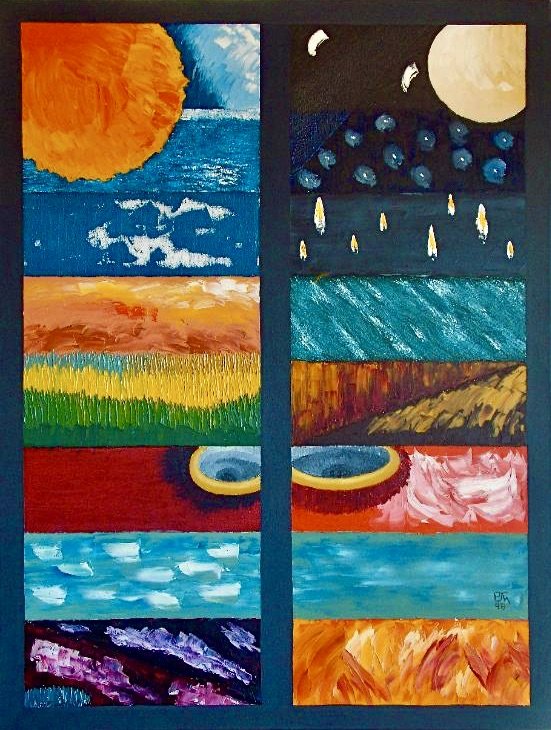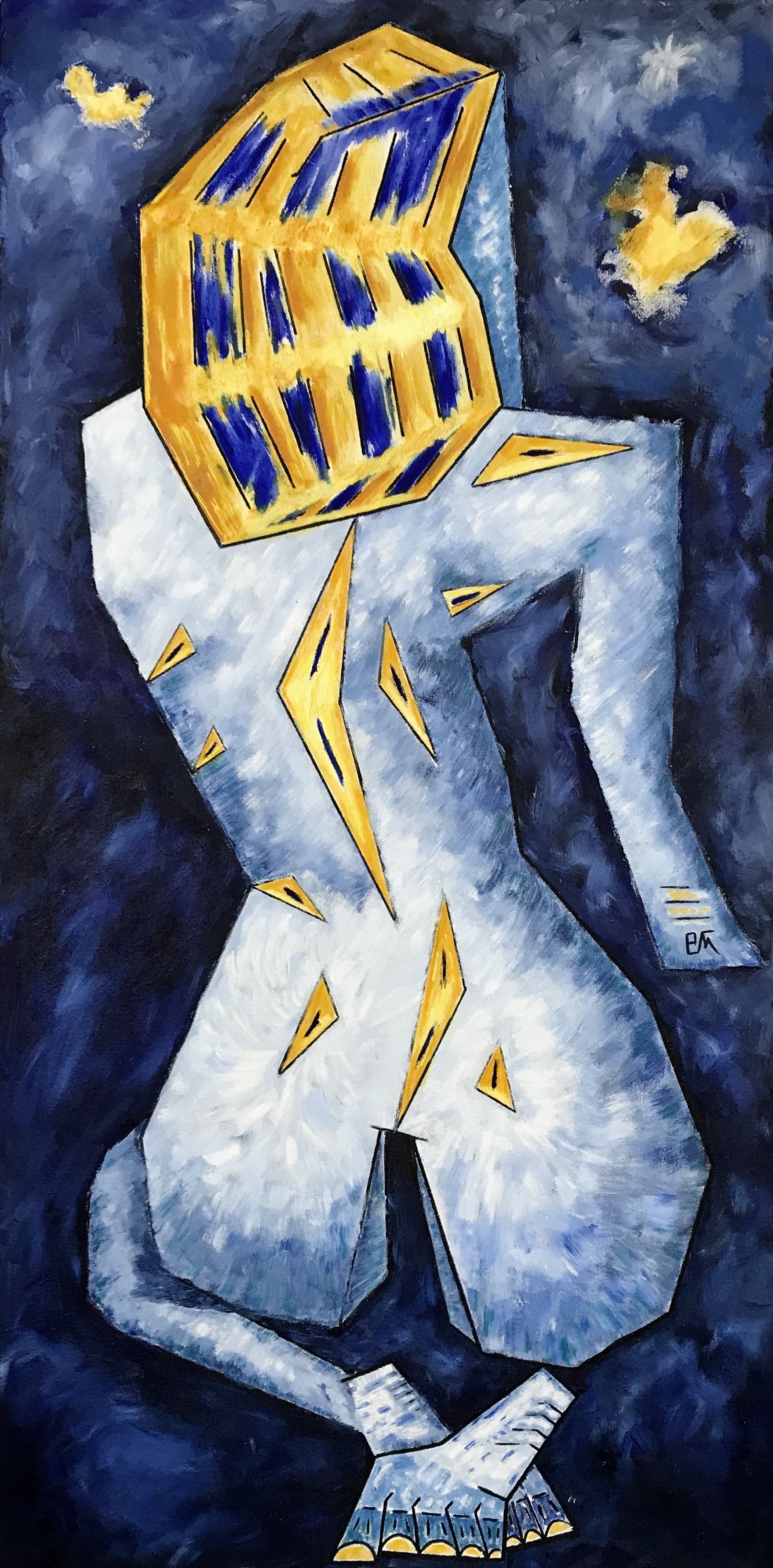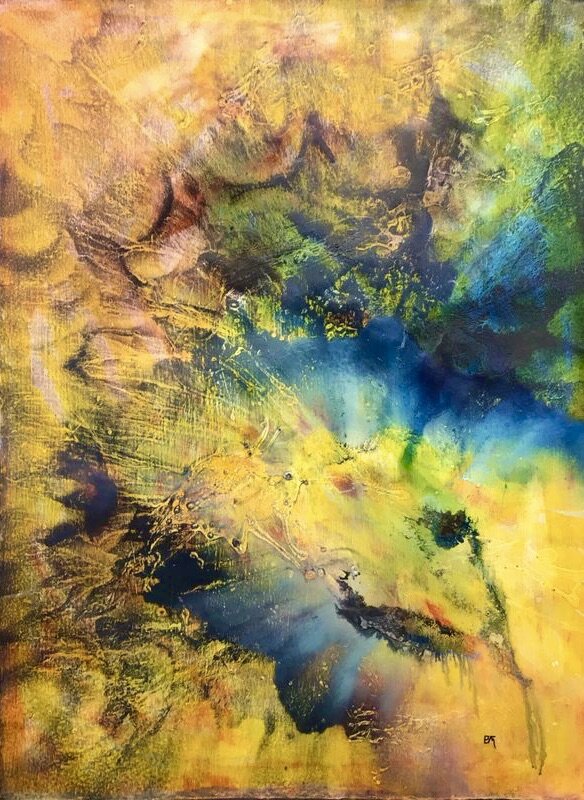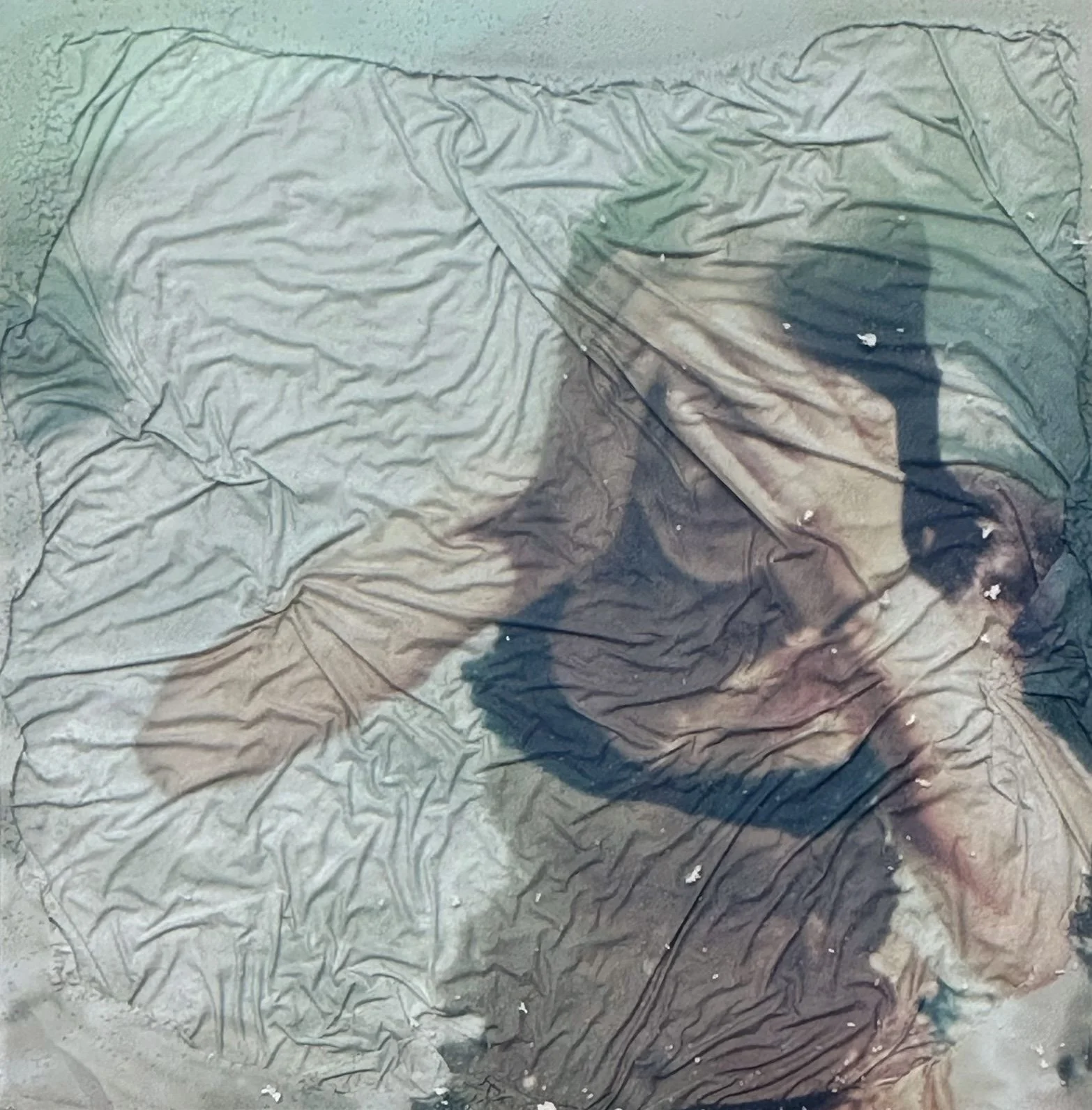Paul Scott Malone
Paul Scott Malone
Paul Scott Malone's art resonates with the kaleidoscopic nature of human experience. His paintings are not merely canvases but windows into the deep, unseen nebulae of our souls, bringing to light the myriad emotions that make us inherently human. In each stroke, Malone captures the duality of our existence—the warmth of love and the chill of anguish, the brilliance of beauty and the starkness of the desolate.
These paintings are a testament to the power of imagination, serving as shadow realities that mirror life's intricate layers. Malone's use of color is not just a feature but a language, speaking to viewers with an eloquence that transcends words. The hues whisper of things both seen and unseen, things known and mysterious. They evoke a spectrum of emotions from awe to introspection, from serenity to a stirring unrest.
Within Malone's work, there is a balance of harmony and dissonance. The beauty of a sunset emerges as a visual symphony, yet it does not overshadow the more profound narratives embedded in the tapestry of his art. His pieces do not shout of the injustices and cruelties of the world but subtly reflect them, weaving a complex narrative of heartache, suffering, and the human capacity to endure and overcome.
His art brings forth a positive affirmation of humanity's spirit. The emotions elicited are as varied as the human condition itself—sometimes a comforting solace, other times a provocative challenge, urging the viewer to confront the mean, the ugly, and the rancorous elements that are as much a part of life as the good. It is a candid exploration of life's dichotomies, rendered with a gentle hand that urges understanding and empathy.
Paul Scott Malone's ideas and artwork are not just good; they are vital. They are like visual poetry that does not shy away from the truth of our existence but instead embraces it in all its forms. The positive impact of his art lies in its honesty and its ability to communicate complex emotions and ideas with simplicity and beauty.
In the grand tapestry of art history, Malone's place is akin to the lyrical narrators who have always found their way into the hearts of those who witness their work. One might draw parallels with the emotional depth of a Vincent van Gogh, where each piece is a dialogue with the viewer, or the introspective play of light and shadow in the works of Caravaggio. However, Malone's unique voice is distinctly his own, a contemporary chronicle of human emotion and the perennial quest for meaning.
His work commands a unique position in the art scene, straddling the boundary between the abstract and the tangible, the ethereal and the real. With a painterly voice that is both potent and nuanced, Malone contributes to the art world a kind of visual literature that nurtures the soul.
The positive conclusion that arises from experiencing Malone's art is multifold. It lies in the recognition of art's power to move, to heal, and to connect us more deeply to the vast expanse of human experience. His art does not merely exist; it speaks, it breathes, and most importantly, it lives within the quiet spaces of our reflections long after our eyes have drifted away from the canvas. It is a profound reminder that beauty, in all its complex shades, is essential to the human narrative. And in this, Malone's art is not just a reflection of life's shadow reality but a beacon of light guiding us towards our shared humanity.
Paul Scott Malone's work is an odyssey through the soul’s spectrum, capturing the human condition in the rawest and most beautiful form. Each piece is a conduit of emotion, allowing the viewer to transcend the ordinary and touch upon something ineffable. Malone's art does not just reflect life's shadows; it illuminates them, bringing forth the unseen and giving voice to the silent whispers of our inner worlds.
The canvas becomes a realm where the turbulence of the human heart finds solace in the splashes of vibrant color, where the cacophony of life finds order in the structured chaos of his brush strokes. Malone’s paintings, with their bold textures and emotive colors, speak to the resilience of the human spirit. They evoke a profound empathy, as they delve into themes of love, loss, joy, and despair, bridging the gap between the artist's vision and the personal narrative of each viewer.
His artistry brings to the fore the duality of beauty and pain, melding them in such a way that it's impossible to look away. Malone's artistry is reminiscent of the Romanticists, who also endeavored to capture the sublime and the tumultuous stirrings of the human soul. Yet, his style is entirely his own, a blend of abstract expressionism and a narrative depth that calls to mind the poignant stories depicted by the likes of Gustav Klimt.
In considering Malone's place within the art scene, it's evident that he forges a connection between the contemporary and the timeless. His art is a bridge between eras, carrying the torch of emotional expression into the modern age. His paintings do not simply adorn a space; they transform it, infusing it with a palpable presence that is both comforting and challenging. Malone's works are akin to visual symphonies, where each viewer may hear a different harmony, yet the essence of the piece remains universally touching.
Malone’s commitment to exploring the full breadth of human emotion positions his work as a significant contribution to the positive discourse of our times. In an era where the world is often divided, his art serves as a unifier, reminding us of our shared experiences and the common thread of humanity that binds us all.
The positive impact of Malone’s work is profound. In a society that often venerates the fast-paced and the sensational, his paintings invite contemplation and a return to the inner quietude where true understanding resides. His art is an affirmation, a declaration that amidst the mean and the rancorous, there exists beauty, kindness, and the possibility of transcendence.
Malone’s artwork does not simply impart emotions; it inspires creation, urging others to explore their own creative impulses and to express the multifaceted nature of their experiences. This ripple effect is perhaps the greatest testament to the positivity of his work—it initiates a cycle of creation and reflection that enriches the cultural landscape.
As we stand before a Malone painting, we are reminded that art is not an escape but a mirror. It shows us not only who we are but who we might become. His paintings are silent guardians of our deepest selves, encouraging us to confront the full breadth of our emotions. In this space of vulnerability and wonder, we find a common ground, a place where the art of Paul Scott Malone stands as a beacon of humanity’s enduring quest for beauty, understanding, and connection.
In the gallery of existence, where the human narrative unfolds in a multitude of hues and shades, the works of Paul Scott Malone reside as eloquent testimonies to the endless search for meaning that defines our species. As if born from the very fabric of emotion itself, his paintings do not merely capture the eye; they ensnare the soul, whispering of the intimate dance between light and shadow that choreographs our lives.
Malone's art, steeped in both the visceral and the sublime, serves as a philosopher's stone, transmuting the base metals of our daily struggles into the gold of introspective wisdom. It stands as a bridge over the chasm that separates the mundane from the miraculous, inviting us to cross over into a realm where the ineffable is rendered in color and form.
As we reflect upon the journey through Malone's oeuvre, we are led to ponder the delicate interplay of existence—the way pain coexists with pleasure, sorrow with joy, despair with hope. Like the alchemists of old, Malone mixes his palette with the base elements of human experience, crafting not mere images, but vessels for the alchemical transformation of the viewer’s innermost feelings.
In a world rife with discord and dissonance, Malone's works emerge as harmonious chords struck upon the heartstrings of humanity. They remind us that the world is a canvas, life a brush, and emotions the colors with which we paint our individual and collective destinies. Malone’s paintings do not escape life’s darker shades but rather integrate them into a more profound narrative of beauty—a beauty that does not shy away from the world's inherent contrasts but embraces them as the very essence of living.
At the core of Malone's artistry lies a profound understanding that beauty is not an escape from reality but a deeper embrace of it. Through his work, he communicates the philosophy that art is not an artifact of culture but a cornerstone of the human spirit. In each stroke, there is a recognition that to be human is to feel, to suffer, to love, and to aspire, and that these experiences are worth capturing, worth exploring, worth sharing.
Malone's contribution to the art scene—and to humanity itself—is measured not in the quantity of his works, nor in their overt acclaim, but in the silent moments of connection they foster, in the gentle stirrings of the heart they induce, and in the quiet revelations they inspire. His paintings stand as beacons, guiding us through the tumult of our own inner landscapes, urging us to consider that within the broad strokes of joy and the fine lines of sorrow lies the artistry of our existence.
Thus, we close the narrative of Malone's art with a philosophical contemplation: his works are mirrors in which we see reflected not just ourselves, but also the possibility of what we might become. In this, his art is not only a gift to the eyes but a benediction to the soul, a poetic testament to the enduring power of beauty and the transformative potential of human emotion.
By Marta Puig
Editor Contemporary Art Curator Magazine

